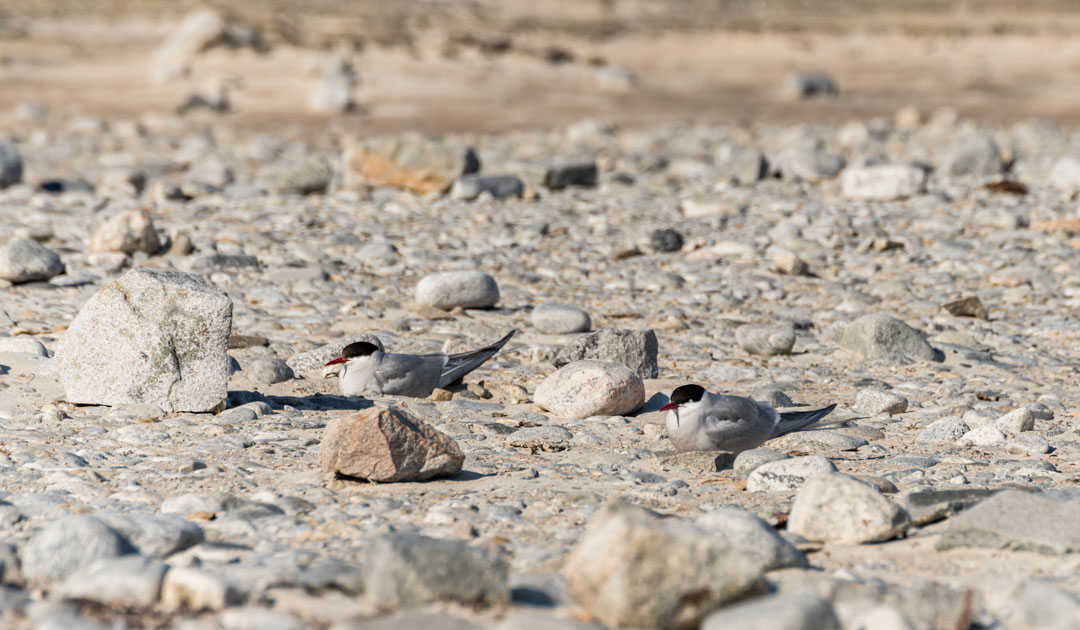
Arctic terns, which fly from pole to pole and back again every year, may be able to compensate for some of the climate change impacts they face outside the breeding season.
Of all the animals on Earth, the Arctic tern undertakes the longest journey, flying over all climate zones on its migrations from the Arctic to the Antarctic and back again. The effects of climate change are evident along their entire route, but most strongly in the Arctic breeding grounds and the Antarctic wintering grounds.
An interdisciplinary research team therefore wanted to find out how climate change affects Arctic terns outside the breeding season. Using a model and virtual Arctic terns, they examined changes in primary productivity at locations critical to Arctic terns, prevailing winds and Antarctic sea ice. The study, led by the University of Exeter and the Met Office, the UK’s national meteorological service, was published in the journal Global Change Biology.
The team concluded that Arctic terns may experience minimal impacts in relation to the factors studied, at least until the end of the century. Food availability will deteriorate in the North Atlantic due to lower primary productivity, but the researchers assume that this will have rather less of an impact on the birds and that they will be able to move to other regions.
For other regions important for Arctic terns, such as the Benguela upwelling area off southern Africa, the subpolar Indian Ocean as well as the Southern Ocean, the model also projects very little impact.

The impact of a change in the extent of Antarctic sea ice, which Arctic terns use for resting during their moult, is still uncertain. However, the authors of the study fear that Antarctic krill – an important food resource for the birds – will decline sharply by 2100 due to likely sea ice retreat, with significant implications for the global population of Arctic terns.
Regarding prevailing winds, the team also sees only “minimal impact” as long as the changes are small. Over the Southern Ocean, however, stronger winds could occur, forcing birds to change their flight paths.

“So, while our findings suggest this species may be resilient, this is only part of a bigger picture for Arctic terns and many other species,” Dr Joanne Morten, a scientist at the University of Exeter and lead author of the study, said in a university press release. “Arctic terns rely on productive oceans for food, sea ice for rest and foraging, and prevailing winds during flight.”
According to the study, it is not yet possible to predict what cumulative effects the changes in the examined and other factors will have. Current studies report that the size of some breeding colonies is already decreasing and that breeding success is also declining. Several smaller effects could nevertheless harm the long-lived birds (up to 34 years).
Like many other species that live and/or breed in the high latitudes, Arctic terns have little opportunity to move their breeding grounds further north to follow conditions that are favourable to them. The research team therefore calls for “drastic changes in emissions and policy” in the face of ongoing climate change, so that species like the Arctic tern have a chance to adapt to the new conditions.
“Meeting carbon emissions targets is vital to slow these projected end-of-century climatic changes and minimise extinction risk for all species,” Dr Morten said.
Julia Hager, PolarJournal
More about this topic





